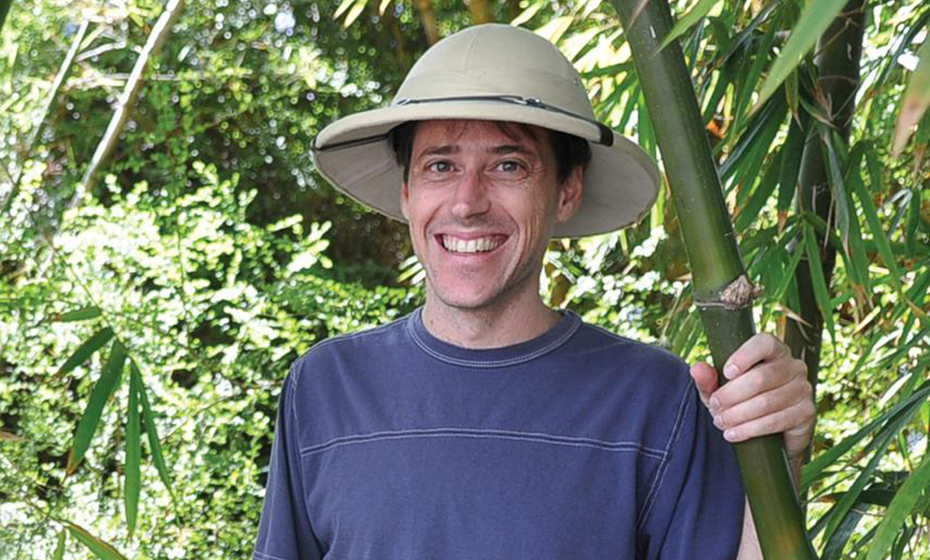
Dr. Ofer Feinerman
In all the years I’ve been working with humans on the development of leadership skills, it never occurred to me to look at ants for inspiration.
Until now. Now I’ll never stop thinking about ants and how they lead.
At the last Weizmann Big Apple Curiosity Summit, which took place at Science House, we heard from Dr. Ofer Feinerman of the Department of Physics of Complex Systems, Weizmann Institute, on an odd topic: What Moves an Ant to Move a Cheerio?
Have you ever seen a piece of dog or cat food move as if by magic when a bunch of ants decide they want it? How do ants manage to get things done together?
Ten or fifteen seconds of leadership, that’s how.
First, let’s put this into perspective. Humans and ants are arguably the only two species that form armies to get things done, at least at this scale. Ants might form armies of hundreds of thousands of individuals.
A piece of cat food is small to us, but to an ant, it’s a mountain. Once ants are carrying it, they lose their ability to navigate. To keep the group on track, a new ant steps in to fill the leadership void and guide the process for ten or fifteen seconds.
Unlike ants, humans require hierarchies in order to move mountains.
“It involves complex communication,” Dr. Feinerman said. “Ants can’t yell.”
They follow a simple rule: mid-range conformity. Too much groupthink, and the ants wouldn’t be receptive to direction from the new leader. Too little solidarity, and a new leader might get lost in the fray. Without any conformity, they couldn’t get it done.
“The brains come from the leaders,” Dr. Feinerman said, “and the group has the muscle to get it done.”
After a few seconds, the leader steps down.
Why?
Because they are all sterile females, and since they aren’t looking out for their own young, they aren’t competitive. This is what gives the colony its power while the queen is laying eggs and choosing the gender of the offspring that will result. The workers decide which, among the females, will become new queens and which will become workers. The new queens colonize new nests elsewhere.
The few males that get born serve a single purpose.
“The males are pretty redundant,” Dr. Feinerman said. “Except for a single day of the year, and then they are gone.”
Workers live a year and queens can live up to thirty. The 100 males born per nest live two or three weeks at most.
“They die of hunger,” he said. “They cannot take care of themselves.”
To see more of Dr. Feinerman’s work:
http://www.weizmann-usa.org/media/2015/07/29/leaders-and-lifters-help-ants-move-massive-meals
http://www.weizmann-usa.org/media/2015/07/30/ants-in-the-lead
http://www.weizmann-usa.org/media/2011/11/29/Divine-Secrets-of-the-Ant-Sisterhood.aspx


